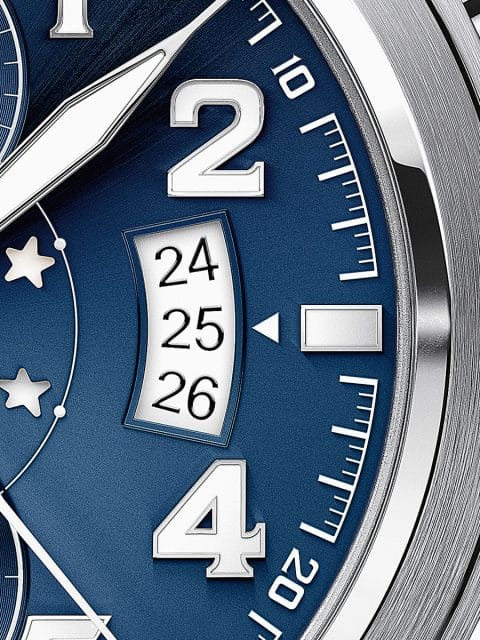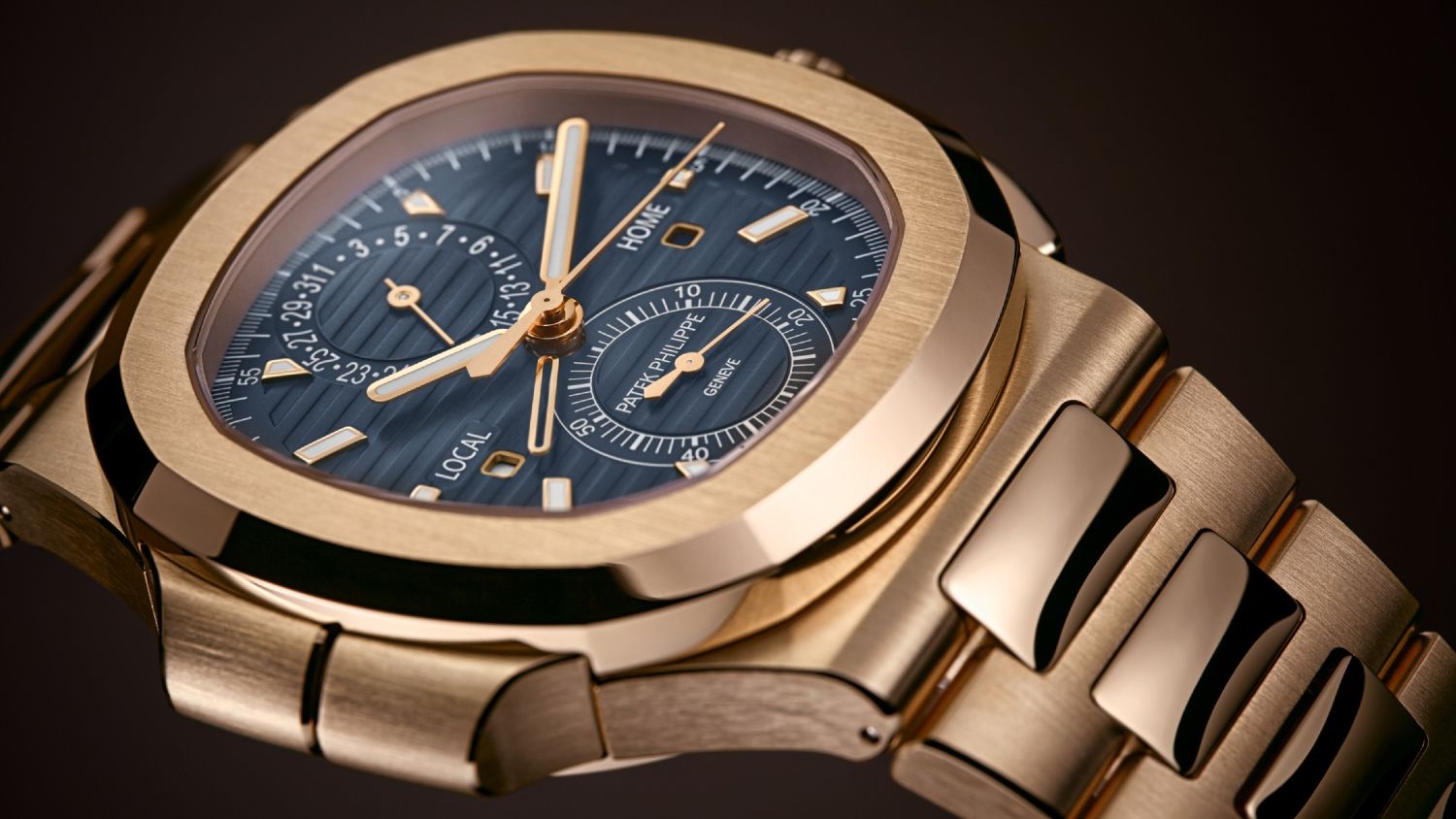Calling a date display a ‘small complication’ seems justified when it is compared to innovations like the minute repeater, tourbillon, or the perpetual calendar. However, the date display has time and again proved their practical importance. Over time, the ways of displaying the date have also evolved, and you’d really be surprised, if you sat down to chronicle the many design. Brands like Rolex have played a particularly important role, because the manufacturer has repeatedly thought up and further developed useful additional functions over the course of its history. Breitling, IWC and A. Lange & Söhne have also made a valuable contribution to date, power reserve displays.
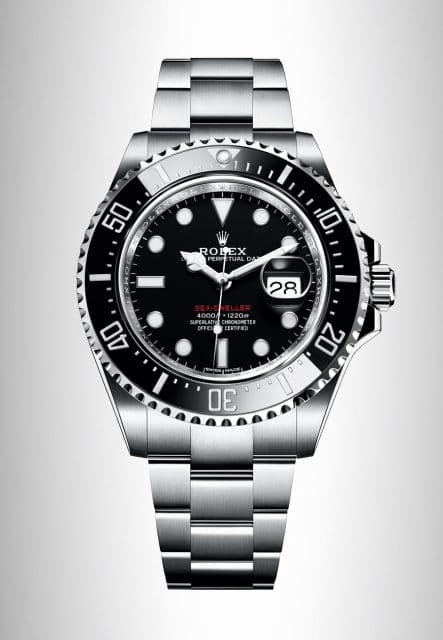 Oyster Perpetual Sea-Dweller
Oyster Perpetual Sea-Dweller
Here are some of the different ways in which date is displayed in watches:
The Window Date
The date is by far the most common additional function of wristwatches. But because the manufacturers almost always opt for a window date, the watch enthusiast usually does not have the variety of possible solutions in mind. Even with the conventional date window, there are options: For example, on a watch with a black dial, do you use a white date disc that is easier to read? Or do design considerations result in the designers opting for a black disc that is harmoniously integrated into the dial?
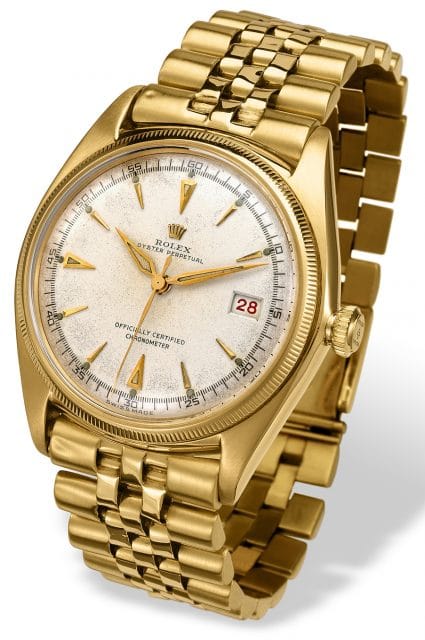 Rolex Oyster Perpetual Datejust from 1945
Rolex Oyster Perpetual Datejust from 1945
Cream-colored dials with a white date appear somewhat awkward in this context; here the deviating color of the number disc is often more disturbing than with real contrasting colors. The position of the date is also important. The classic window date does not blend well with every dial. In the case of this Girard-Perregaux, however, it fits perfectly and the color of the date disk is the same as that of the dial.
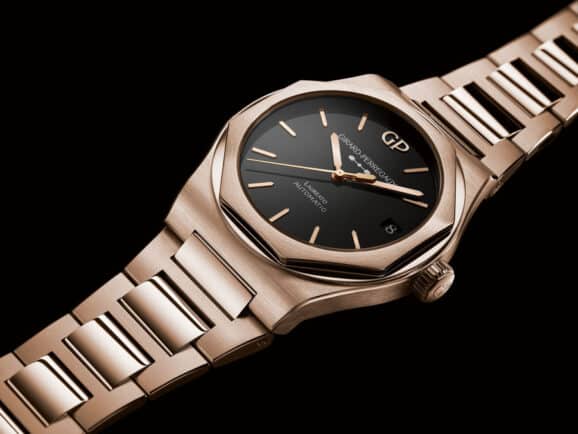 Girard-Perregaux: Laureato 42 mm in rose gold
Girard-Perregaux: Laureato 42 mm in rose goldWith the first Datejust from 1945, Rolex took on a pioneering role in relation to the date window on wristwatches. Today, this function is a matter of course in the watch world - and the most common variant of the date display. The date magnifier is also typical for Rolex. According to legend, Rolex founder Hans Wilsdorf came up with the idea when a drop of water fell on the glass of his watch in the bathroom, enlarging the date underneath. The first Rolex with a magnifying glass appeared in 1954: a Datejust.
The Pointer Date
The pointer date is used as an alternative. However, the user-friendliness here depends heavily on the design: the best readability is given when the date hand is in the middle and the scale is on the edge of the dial. The Oris Roberto Clemente Limited Edition also indicates the date in this way. The drive is provided by the Sellita SW 200 automatic movement.
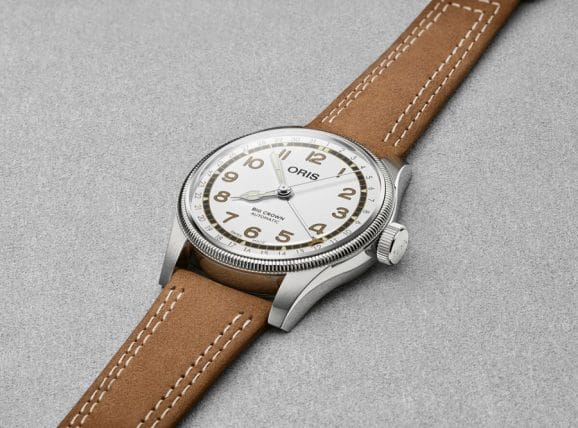 Oris: Roberto Clemente Limited Edition
Oris: Roberto Clemente Limited EditionHowever, if the date is displayed on a sub-dial as a small hand date, the wearer needs sharper eyesight. The subdial for the date is located at twelve o'clock on the Nautilus Travel Time Chronograph by Patek Philippe. Only the odd digits are written out here, which makes reading them a little easier.
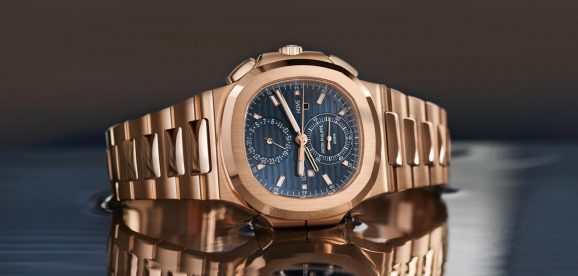 Patek Philippe Nautilus Travel Time Chronograph in pink gold (Ref. 5990/1R)
Patek Philippe Nautilus Travel Time Chronograph in pink gold (Ref. 5990/1R)The Big Date
When it comes to readability, the watch with a big date is and remains unbeaten. This function was particularly style-defining at the Saxon manufacturer A. Lange & Söhne: The legendary Lange 1 in particular, but also many other models would certainly not have become as famous as they are today without the two windows. The unit disc and tens cross of the Lange date display are at a minimal height difference from each other. To cover this up, the outsize date appears in a window with a rung.
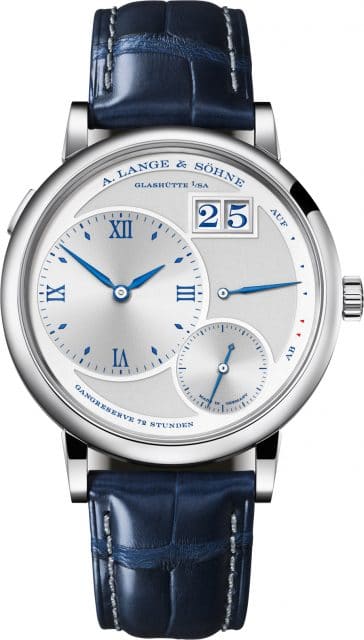 Anniversary model on the occasion of the 25th anniversary of the Lange 1: Large Lange 1 "25th Anniversary" (41 mm, 43,700 euros, 25 pieces)
Anniversary model on the occasion of the 25th anniversary of the Lange 1: Large Lange 1 "25th Anniversary" (41 mm, 43,700 euros, 25 pieces)Girard-Perregaux wanted to do without such a rung and still conceal the difference in height. Therefore, the Swiss manufacturer developed an outsize date system in which the unit disc is transparent and the tens disc is superimposed.
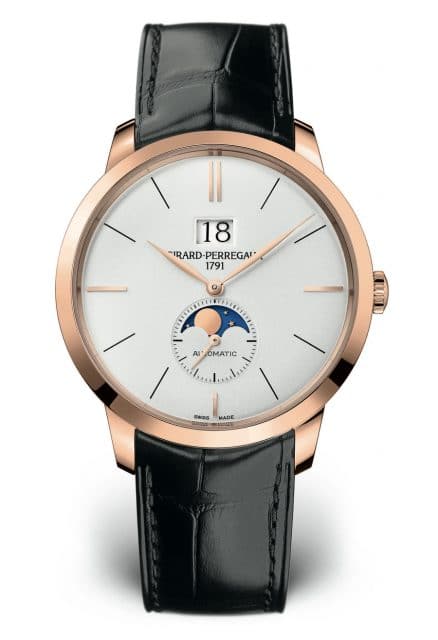 Girard-Perregau: 1966 outsize date and moon phase
Girard-Perregau: 1966 outsize date and moon phaseThe constructions by Pequignet and Glashütte Original do not have a height difference or overlapping of the two number circles. They consist of two interlocking rings. This system is used, for example, in the Glashütte Original SeaQ Panorama Date.
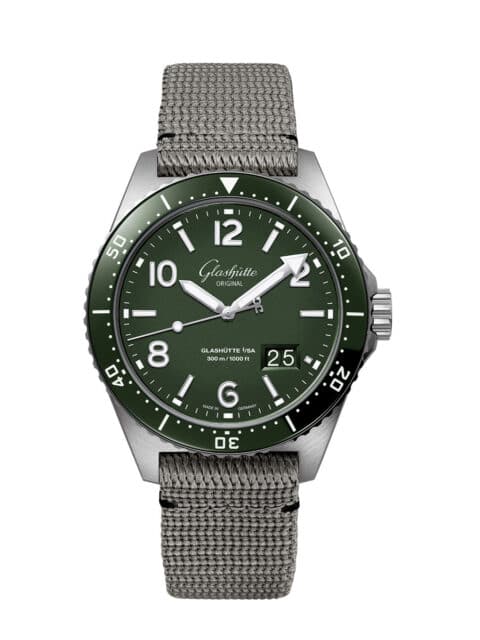 Glashütte Original: SeaQ Panorama Date in reed green
Glashütte Original: SeaQ Panorama Date in reed greenThe outsize date is therefore a beautiful and functional solution. Not only does it ensure better readability, but it is also a design feature in its own right as well as a notable technical complication.
The Retrograde Date
On the retrograde date, the hand runs from 1 to 31 and then jumps back to 1 at midnight on the last day of the month. Current example: the Masterpiece Triple Rétrograde by Maurice Lacroix. For better readability, only the odd digits are written out here.
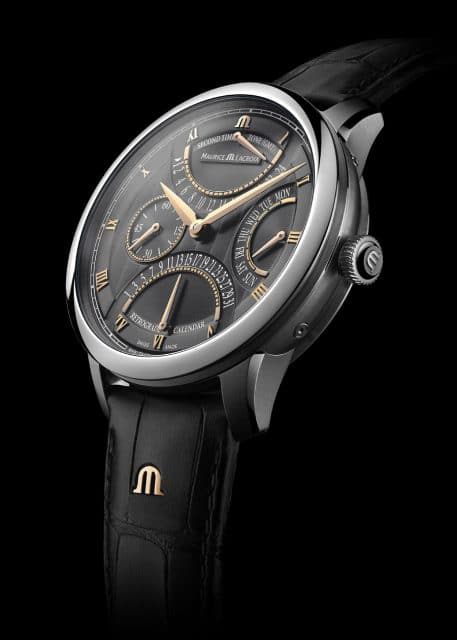 Maurice Lacroix: Masterpiece Triple Rétrograde with anthracite dial
Maurice Lacroix: Masterpiece Triple Rétrograde with anthracite dialWhich date goes with which watch?
Whether window, pointer or a large date − the decision as to the form in which the date is displayed on the dial no longer depends on structural conditions. ETA calibers can be bought cheaply and manufacturers usually orientate themselves on brand-philosophical principles when designing the date. The design also plays an important role, which is why manufacturers sometimes offer different options. Ultimately, the wearer must decide which form of presentation appeals to them the most.
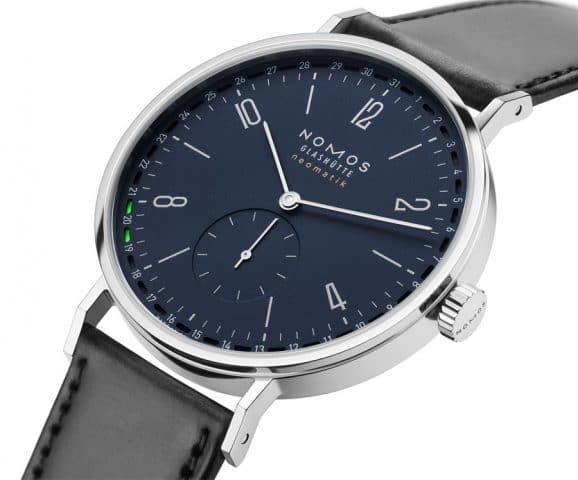 Nomos Glashütte: Tangente Update in midnight blue
Nomos Glashütte: Tangente Update in midnight blueThe Tangente Update in midnight blue has the date completely redesigned by Nomos Glashütte. A patented display on the perforated edge of the dial frames the current day through elongated sections. In the version of the Tangente Update night blue, this special display is also covered with green luminous paint, which means that the date display can also be seen in the dark. The patented date mechanism can be switched forwards and backwards and is part of the automatic Nomos manufacture caliber DUW 6101, which fits into the classic Tangente with a diameter of 41 millimeters.
A watch with a date display can also be impractical
However, the date in the enlarged window, in which the preceding and following days also appear, is much more problematic than the outsize date with its first digit. Depending on the width of the window, the wearer can have a hard time finding the right number. In addition, for example on April 30th, a non-existent 31st is displayed as the following day. An arrow helps with this IWC watch.
This story first appeared on Watchtime.net
Images: Courtesy Brands










